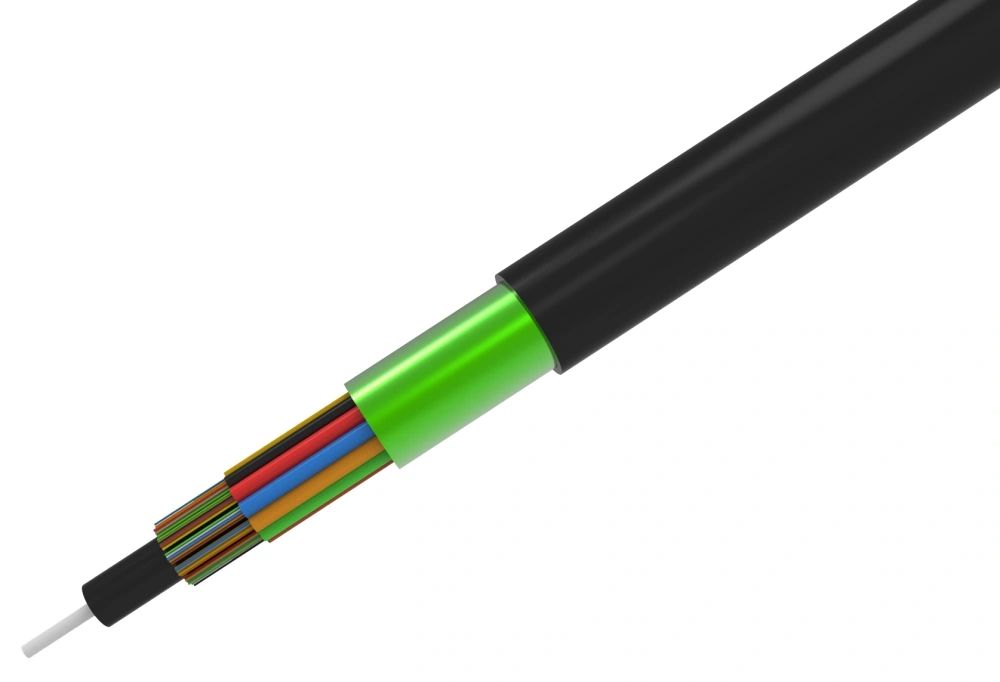An In-depth Analysis of Influencing Factors and their Impact

Signal transmission quality in indoor optical cables is crucial for reliable and efficient data communication. This article provides a comprehensive analysis of the various factors that influence signal transmission quality. Understanding these factors is essential for ensuring optimal performance and minimizing signal loss. The following sections explore key influencing factors: cable length, bending radius, and environment.
1. Cable Length
The length of the optical cable has a direct impact on signal transmission quality. As the cable length increases, signal loss also increases, resulting in a degraded signal. It is essential to consider the maximum permissible length prescribed by the manufacturer. Longer cable lengths can be compensated by using signal repeaters or amplifiers. However, these additional components introduce cost and complexity to the setup.
2. Bending Radius
The bending radius of indoor optical cables plays a crucial role in maintaining signal integrity. Excessive bending can lead to signal loss or even complete signal failure. Fiber optic cables have a minimum bending radius specified by the manufacturer, and exceeding this limit can cause damage to the cable structure. It is important to follow the recommended bending radius to avoid loss or degradation of signal quality.
3. Environment
The environment in which indoor optical cables are installed can significantly impact signal transmission quality. Factors such as temperature, humidity, and electromagnetic interference can affect the performance of the optical cables. High temperatures can cause fiber expansion, leading to signal loss, while excessive humidity can cause signal attenuation. Electromagnetic interference from nearby electrical equipment or other sources can introduce noise and distort the transmitted signal. Therefore, it is crucial to ensure a controlled environment to minimize these adverse effects.
Conclusion
Signal transmission quality in indoor optical cables is influenced by various factors such as cable length, bending radius, and environmental conditions. By considering these factors and adhering to the manufacturer's guidelines, signal loss and degradation can be minimized, ensuring reliable and efficient data communication. Proper installation and regular maintenance are essential to maintain optimal signal transmission quality and maximize the performance of indoor optical cables.



